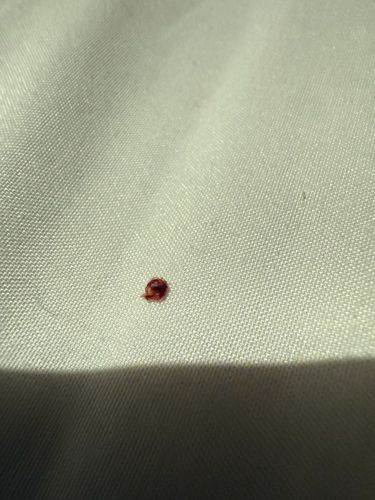Bed Bug
Scientific Name: Cimex lectularius
Order & Family: Hemiptera / Cimicidae
Size: 4-5 mm (adults), nymphs are smaller

Natural Habitat
Primarily human dwellings (beds, mattresses, furniture, cracks in walls), also in animal habitats like bird nests and bat roosts.
Diet & Feeding
Strictly hematophagous, meaning they feed exclusively on the blood of warm-blooded animals, primarily humans.
Behavior Patterns
Nocturnal feeders, hiding in cracks and crevices during the day. Attracted to warmth and carbon dioxide. They undergo incomplete metamorphosis (egg, nymph, adult).
Risks & Benefits
Potential risks include itchy bites (some individuals may have allergic reactions), skin irritation, and secondary infections from scratching. They are not known to transmit diseases to humans. There are no known benefits to humans or the ecosystem, generally considered a pest.
Identified on: 11/3/2025